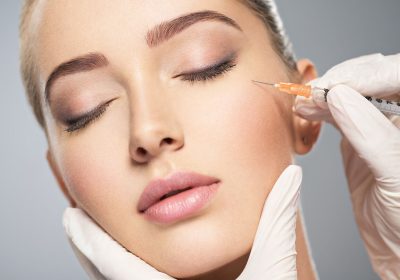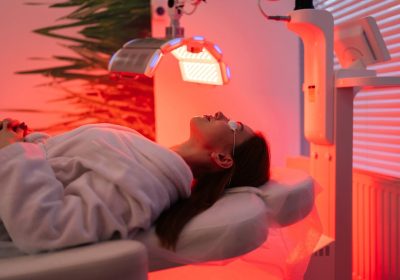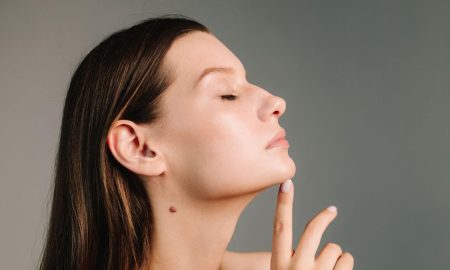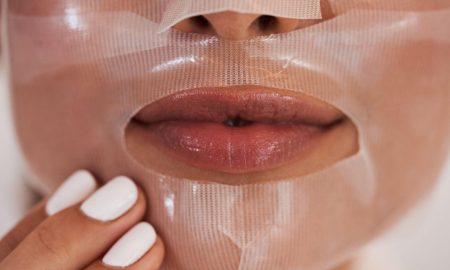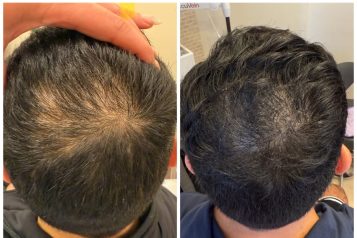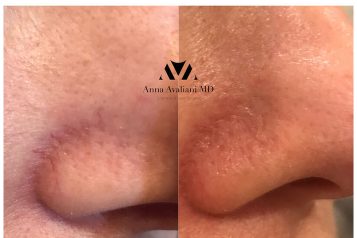Achieving toned and sculpted arms can be challenging through diet and exercise alone. Fortunately, several advanced arm contouring procedures are available to help you achieve your desired look. Haute Beauty Ambassador Dr. Sachin Shridharani of LUXURGERY shares the latest insights into these transformative treatments. This guide explores the different types of arm contouring procedures, their benefits, and what to expect during recovery.
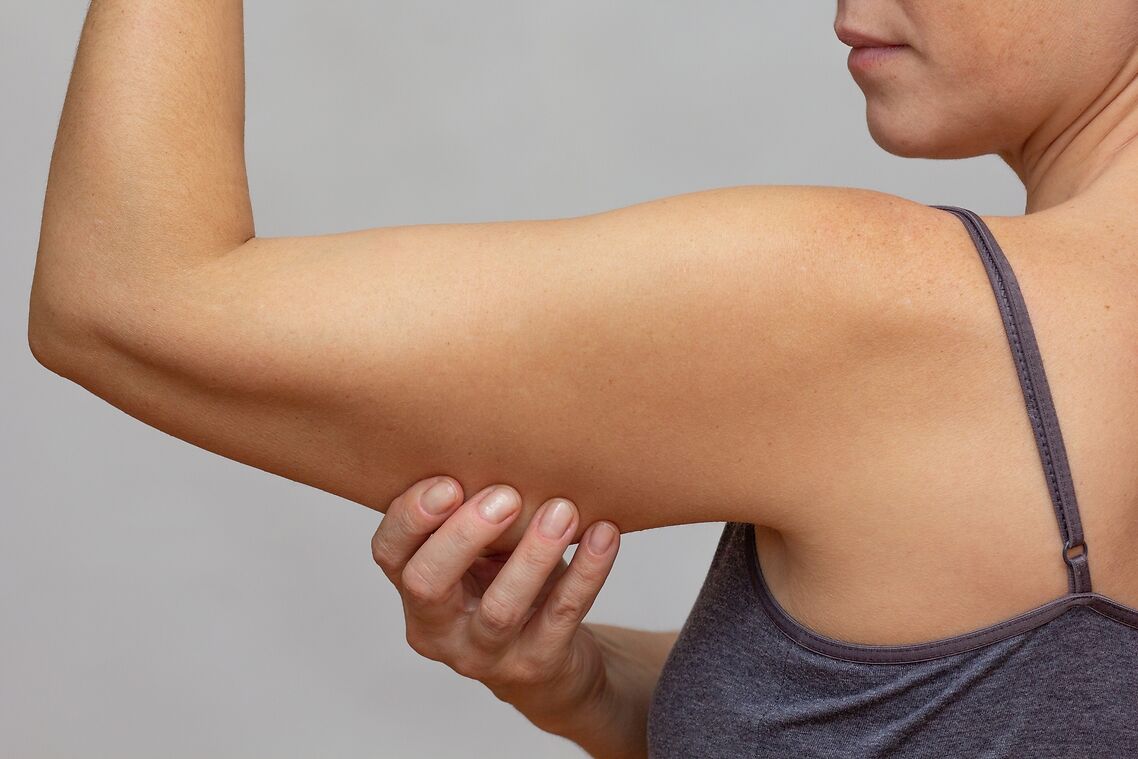 Photo Credit: Courtesy of Tatiana Foxy/Shutterstock
Photo Credit: Courtesy of Tatiana Foxy/Shutterstock
Types of Arm Contouring Procedures
- Surgery in a SyringeSM (Kybella Injections)
- Kybella is an injectable treatment designed to destroy fat cells. It's particularly effective for small areas of fat, making it suitable for contouring the upper arms.
- Liposuction
- Liposuction targets and removes excess fat deposits in the upper arms. This procedure is best for individuals with good skin elasticity and minimal loose skin. Liposuction can also be combined with Renuvion/JPlasma to tighten the skin post-fat removal.
- Radiofrequency Treatments (Renuvion)
- Renuvion uses radiofrequency energy to tighten the skin. It is often used in conjunction with liposuction to enhance the results by addressing both fat removal and skin laxity.
- Arm Lift (Brachioplasty)
- Brachioplasty involves making an incision to remove excess skin and fat. There are two types:
- Full Arm Lift: Incision from the elbow to the armpit, suitable for significant excess skin.
- Mini Arm Lift: Smaller incision confined to the armpit, ideal for patients with minimal excess skin and fat.
- Brachioplasty involves making an incision to remove excess skin and fat. There are two types:
Arm Contouring vs. Arm Liposuction
A common misconception is that arm contouring differs from liposuction. In reality, liposuction is a type of arm contouring procedure. While arm liposuction focuses on removing excess fat deposits, it does not address loose skin. In contrast, an arm lift (Brachioplasty) addresses both excess skin and fat, resulting in a smoother and firmer arm contour.
How Does an Arm Lift Procedure Work?
Full Arm Lift:
- An incision is made along the inner arm from the elbow to the armpit.
- Excess skin and fat are removed.
- The remaining skin is tightened for a significantly improved arm contour.
Mini Arm Lift:
- A smaller incision confined to the armpit.
- Suitable for patients with less excess skin and fat.
Benefits of Arm Contouring
Arm contouring procedures offer numerous benefits, including:
- Improved shape and contour of the upper arms.
- Increased confidence and comfort in wearing short sleeves or sleeveless tops.
- Enhanced physical comfort with less chafing and better movement.
- A more youthful appearance.
- Long-lasting results that improve overall quality of life.
What to Expect During Recovery
Recovery after arm contouring varies depending on the procedure and individual healing. Key points include:
- Wearing compression garments to minimize swelling and support healing.
- Possible use of drains to remove excess fluid, typically removed within a few days.
- Avoid lifting arms above shoulder level and limiting movement initially.
- Avoiding exercise for several weeks to allow proper healing.
- Managing swelling and bruising with elevation and compression.
- Light activities can resume around two weeks, with scar management starting then.
- Final results may take several months to a year to fully manifest.
View this post on Instagram
Non-Surgical Alternatives to Arm Contouring
For those seeking non-surgical options, several alternatives can be considered based on specific goals and arm condition:
- Kybella: Reduces small fat deposits in the arms.
- Collagen-Producing Injectables (Sculptra, Radiesse): Improve skin quality and smooth skin crepiness.
Arm contouring procedures offer a range of options to help you achieve the toned and sculpted arms you desire. Whether you opt for surgical or non-surgical methods, consulting with a qualified specialist will ensure the best approach for your unique needs.
For more information, visit Sachin Shridharani, MD, FACS's social media:


